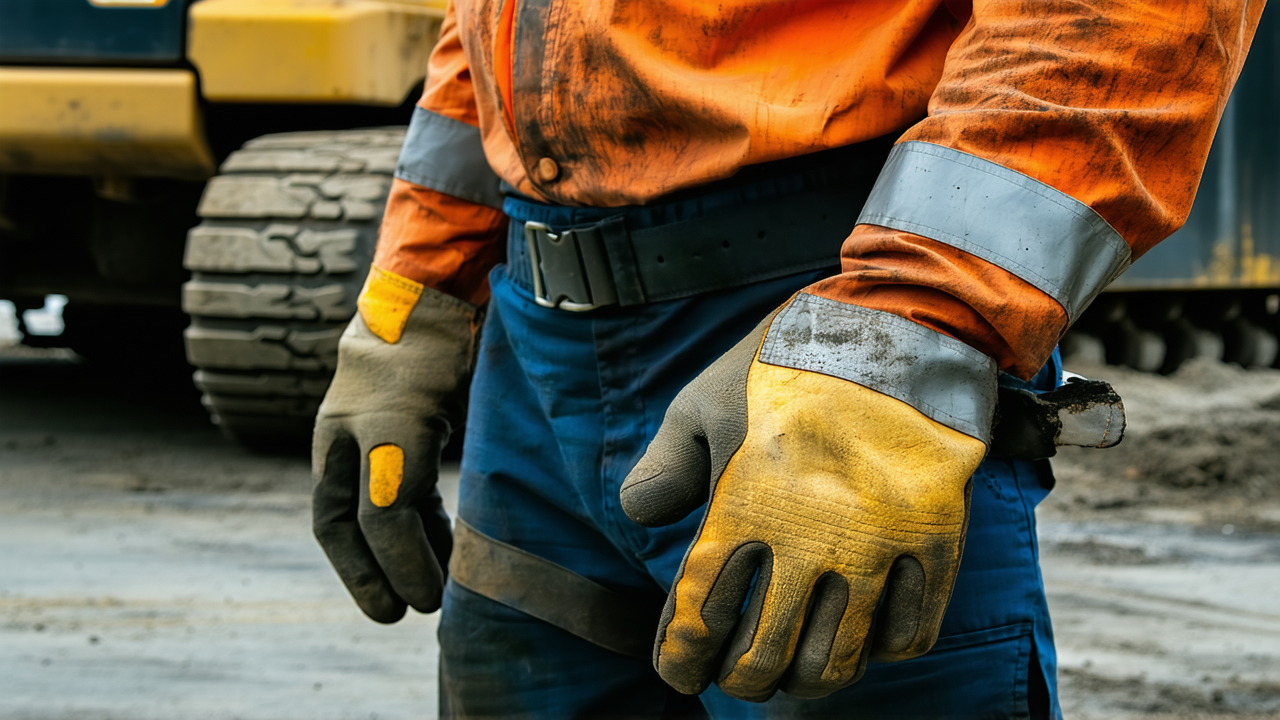Kohurau Contracting Fined $70,000 for Safety Breach After Forestry Worker Loses Fingers
Kohurau Contracting Fined $70,000 for Safety Breach After Forestry Worker Loses Fingers
A seasoned forestry worker lost four fingers in a tragic workplace accident, marking the end of a 45-year career filled with pride and satisfaction. The incident has now led to a court ruling that holds the company, Kohurau Contracting, accountable for its failure to ensure worker safety.
A Devastating Workplace Accident
In August 2021, the worker—whose identity has been suppressed—was at a forestry site near Waipu, south of Whangārei, assisting in clearing a cable that had been improperly wound onto a drum. The task had become complicated due to a “bird’s nest” of tangled cable, similar to what might occur on a fishing reel. This required pulling out at least 1200 meters of cable to untangle the mess.
The injured worker was guiding the rope back onto the drum using a hammer while seated beneath the tower. Another worker was operating a grapple loader to keep the cable elevated. However, during the operation, the stabiliser ram supporting the tower fractured, and a broken section—known as the spear—fell onto the victim, seriously injuring him.
As a result, the victim was hospitalised for six weeks and had to undergo surgery to amputate four fingers. The incident has had a profound impact on his life, as he had no intention of retiring and had always found satisfaction in his work.
Court Ruling and Corporate Accountability
Kohurau Contracting was charged by WorkSafe for failing to ensure the health and safety of its workers. The company pleaded not guilty, but after a five-day judge-alone trial in the Dargaville District Court in November 2024, the court found the company guilty of exposing workers to serious risk.
Judge Peter Davey ruled that Kohurau had breached its duties under the Health and Safety Act and had failed to implement a specific safe system for clearing bird’s nests. The court heard that the company relied heavily on the experience of its crew rather than established safety protocols.
John Mains, a mechanical engineer from WorkSafe, testified that winching without guy ropes was unacceptable and that the accident could have been prevented if the tower had been properly secured. Kohurau’s expert, however, argued that guy ropes were unnecessary for the task and that the force involved was minimal—claims that the judge found inconsistent.
During the sentencing, Kohurau’s lawyer, Daniel Robinson, argued that the company was insolvent and had suffered a loss of $1.3 million due to the accident. However, Judge Davey pointed out that the company still had significant assets and questioned the validity of the claim.
Reparation and Industry-Wide Impact
Kohurau was ordered to pay the victim an additional $50,000 on top of the $10,000 already paid, as well as a $70,000 fine and $30,000 in legal costs. The court also issued a project order requiring the company to work with the Forestry Industry Safety Council (FISC) and Forestry Industry Contractors Association (FICA) to develop guidelines on winding in non-working ropes.
In addition, Kohurau must publish an article in the NZ Forestry magazine to raise awareness and promote safer practices across the industry. WorkSafe’s spokesperson, Mark Horgan, praised the initiative, stating that it would allow Kohurau to take the lead in delivering improvements that benefit the entire forestry sector.
Judge Davey noted that no amount of money could compensate the emotional harm the victim has suffered, but he expressed hope that the company’s actions would lead to meaningful change in the industry.
This case serves as a stark reminder of the importance of adhering to health and safety standards in high-risk industries. It also highlights the need for continued collaboration between companies, regulatory bodies, and industry groups to prevent similar incidents in the future.
